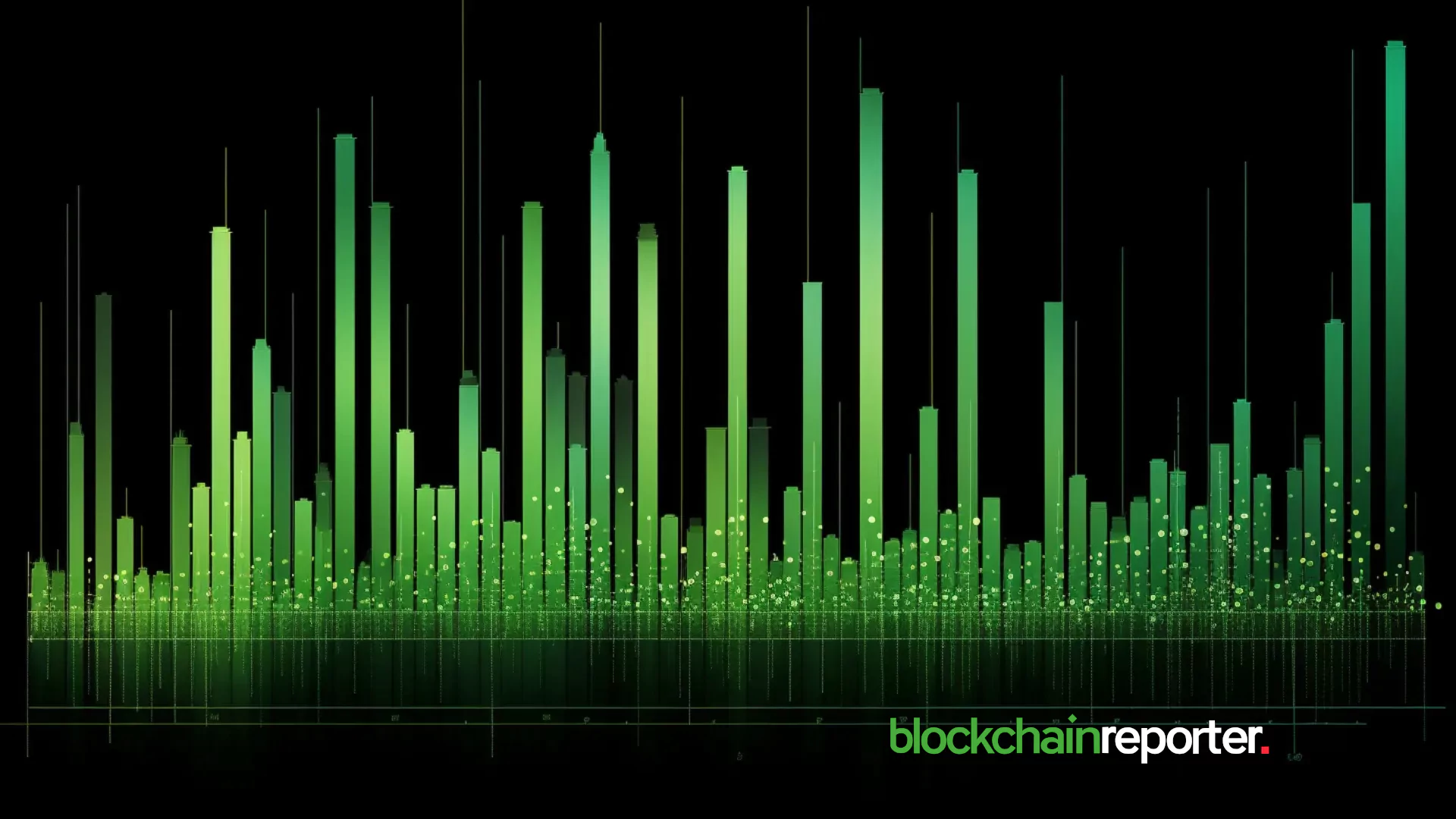Types of Crypto Orders Explained: A Beginner’s Guide
0
0

Introduction
In the world of cryptocurrencies, you earn through spot trading or futures trading. Both types of trading work on a set of instructions. Orders are the instructions you provide to the exchange to execute your desired trade. A few orders are just like going to a shop and immediately buying the items you want. But there are also many other types of orders that cannot be understood as easily as this real-life example.
Understanding order types is crucial in cryptocurrency trading. There are two major types of orders in cryptocurrency trading: market orders and limit orders. Market orders execute instantly at the best available price, while limit orders let you set your desired price. Stop orders trigger trades at specific price points to manage risk. Mastering these types lets you act confidently and minimize losses in volatile markets.
Market Orders
Market orders are the instructions to buy or sell a coin without waiting for a better opportunity. However, it is not as simple as it looks. Suppose Polkadot ($DOT) is trading at $4.08, and you want to buy it there and then lest it should pump and you miss the profit. Apparently, it looks as if you have bought from the exchange immediately at the current market price. However, what has actually happened is that you have filled an order from the order book. Someone had placed an order to sell $DOT at $4.08.
Advantages of Market Orders
Market orders are less prone to slippage. Moreover, sometimes market movement favors market orders. For example, in the above-mentioned case, if the market keeps rising, you are set to earn a handsome profit. Instead, if you had placed a limit order at $4 or below, expecting the market to come down, you would have missed the profit.
The Roles of Taker and Maker in Orders
In buying and selling, you take either the role of a taker or a maker. Maker is the trader who places a buy or sell order that stays in the order book of an exchange for a while and hence provides liquidity to the exchange. A taker is the trader who places a market order that is filled almost immediately. Having taken an order off the order book, the taker is also taking some liquidity away. In lieu of providing liquidity, a maker has to pay less fees than a taker.
Limit Orders
Limit orders can be divided into many categories. Being versatile and replete with more options, they are somewhat complicated but also more useful than simple market orders.
Stop-Limit Orders
When you feel that market is unusually volatile, and buying or selling at the current market price is unwise in such a situation, you sit limit orders. Limit orders are of two types: simple limit orders and stop-limit orders. In the simple limit orders, you place a price at which you desire your coin to be sold. When the coin reaches that price, the system of the exchange matches your price with the order book and fills it if there is a corresponding order available.
In a stop-limit order, you set two prices: a trigger price and an execution price. For example, suppose you want to buy $DOGE, which is trading at $0.23, but you feel that it will be a better deal if you pick it at $0.20. However, you do not want your order to appear on the order book instantly. You set a trigger price at $0.2030. It means that your order will appear on the order book only if the price dips to the trigger price. Your simple limit orders appear on the order book immediately but stop limit orders show on the order book only when the trigger price is hit.
The downside of the limit orders is that they may not be filled if there is no matching order found in the order book. It may happen in case there is very low liquidity in the market.
OCO Orders
A very useful tool up the sleeve of a crypto trader is one-cancels-the-other (OCO) order. An OCO order links two orders so that if one is executed, the other is automatically canceled. It’s often used to manage both profit-taking and stop-loss in a single setup. For example, if $XRP is trading at $3.3, you could place a sell limit at $3.5 to take profit and a stop limit at $3.1 to cut losses. If $XRP rises to $3.5 and the limit order fills for taking profit, the stop-limit order for stop loss is canceled. Similarly, if the stop-loss limit is hit, the take-profit limit order is cancelled automatically.
GTC Orders
Since the cryptocurrencies market remains open 24/7, all limit orders remain valid (good) till they are filled or cancelled manually. Good-till-cancelled orders remain in the order book till they are cancelled manually, or they are filled completely. This term is mostly used in stocks trading where the market opens just for a few hours, and the orders are cancelled at the end of the day.
IOC Orders
An Immediate-or-Cancel (IOC) order means that whatever portion of your trade can be filled right away will go through, and any unfilled part will be canceled on the spot. For example, if you place an order to buy 5 million $SHIB at $0.00001365, but sellers are only offering 3 million SHIB at that price, you’ll get those 3 million instantly, and the remaining 2 million will be canceled automatically.
FOK Orders
A Fill-or-Kill (FOK) order must be executed fully right away or not at all. There’s no partial completion. For instance, if you place an order to buy 5 million $PEPE tokens at $0.00001218, the trade will proceed only if 5,000,000 $PEPE are available at that exact price. If not, the entire order is canceled on the spot. Unlike IOC orders, there is no possibility of partial completion.
Conclusion
Crypto exchanges enable you to buy and sell in a variety of ways that you can use by changing your instructions to the system of the exchange you are using. You can make transactions at the current market price (by placing a market order) or at any desired price (by selling limit orders). The orders are filled only when there is a corresponding order available in the order book.
0
0
 Manage all your crypto, NFT and DeFi from one place
Manage all your crypto, NFT and DeFi from one placeSecurely connect the portfolio you’re using to start.





